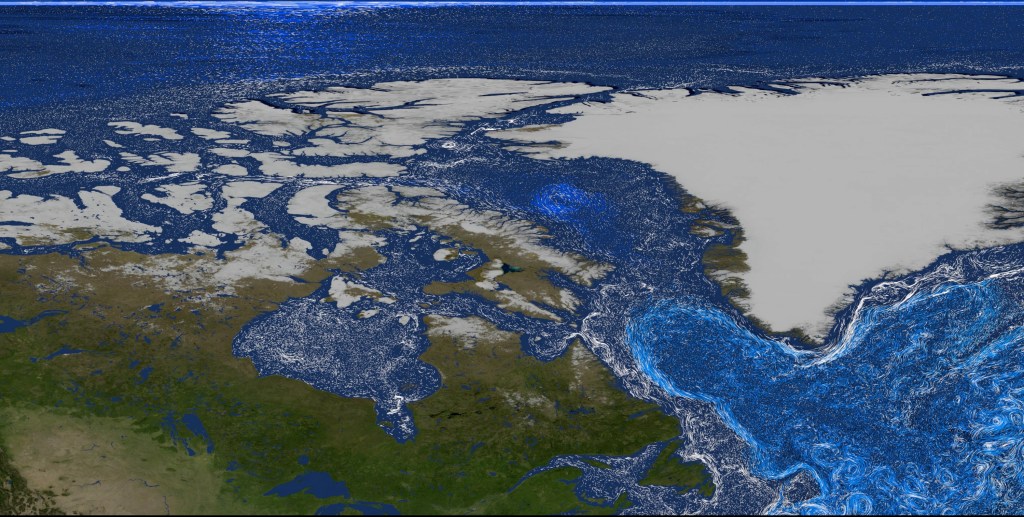Location
Warwick, Rhode Island
What kind of citizen science do you do?
I process image data from NASA’s various spacecraft to make color versions that I then share with the public, along with information about the scene and the equipment involved. I use various social media platforms; mostly Twitter, Facebook, Instagram and my blog.
Why do you do citizen science?
This is a way for me to share my interest in space exploration with the world. By doing this (it’s been over nine years now!) I have been able to follow along with many missions, some from launch to loss of signal, and spread the news about how we’re continuously learning more about our solar system and our place in it. I want people to see that we’re really in a “golden age” of robotic exploration … and why we must support and maintain our momentum of curiosity and advancement outwards.
I hope that by showing people that other worlds in our solar system are real, dynamic places that can seem so amazingly alien but at the same time surprisingly familiar to what we know on Earth, they will want to know more and be as fascinated by them as I am.
What’s your day job?
I am a freelance graphic designer, which gives me the freedom to work wherever I can turn on my laptop and also follow along with the latest space and science news. (It also allows me to get outside during the day to work on my other passion: nature photography!)
What’s your favorite contribution you’ve made?
There have been several images of Jupiter from NASA’s Juno mission that I processed that have gotten a lot of exposure. They’re certainly not the best versions out there—those would be the ones processed by Gerald Eichstädt, Séan Doran, Bjorn Jonsson, and Kevin Gill—but at the time they were some of the first that were posted online after the raw data arrived from the flybys. NASA used a couple in its news releases, and that earned me a nice bit of attention with the press. I even made the front page of my hometown paper.
Over the past couple of years I’ve also been focusing more on images from the Opportunity rover. I felt that it wasn’t getting as much attention as it deserves, not with all of the newer missions that have been going on since its landing on Mars in 2004, and I wanted to remind people that this little robot (not to mention its mission team here on Earth) is still very active and has been tirelessly working on exploring Mars for over 14 years. So I make sure that Opportunity’s latest images find their way into my daily check-and-composite schedule. Keep on rovin’, Oppy!


































